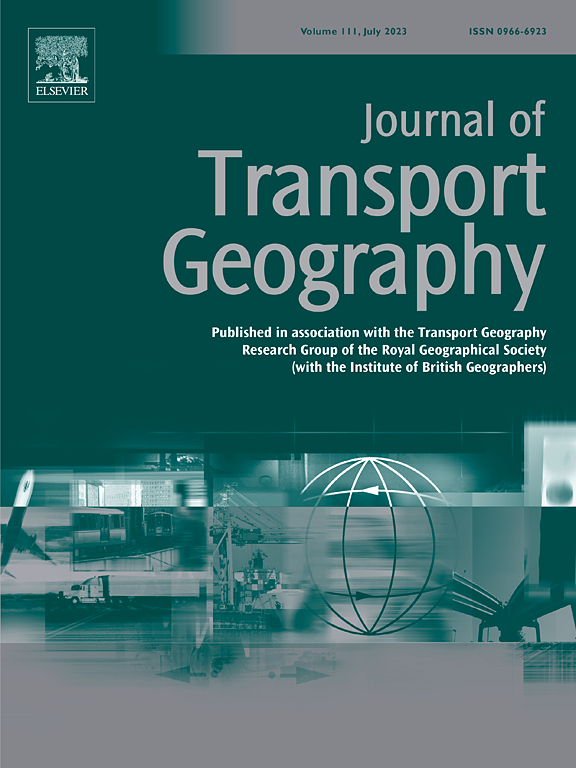Understanding multimodal travel patterns based on semantic embeddings of human mobility trajectories
IF 5.7
2区 工程技术
Q1 ECONOMICS
引用次数: 0
Abstract
As more people use multiple transport modes in a single trip, understanding multimodal travel patterns becomes essential for designing a more efficient and sustainable transportation system. However, the inherent spatiotemporal dependencies in multimodal travel make it challenging to recognize these patterns accurately. Therefore, this study aims to apply the large language model (LLM) to better understand the complex multimodal travel patterns of urban residents. First, we develop a change point-based method to divide human mobility trajectories into travel segments and then use the Light Gradient Boosting Machine (LightGBM) to infer the travel modes of each segment. Next, multimodal travel features are extracted and represented in textual forms, which are transformed into semantic embeddings using the Bidirectional Encoder Representations from Transformers (BERT). Finally, we apply the Density-Based Spatial Clustering of Applications with Noise (DBSCAN) algorithm to measure semantic similarity between these embeddings and identify different multimodal travel patterns. The proposed approach is validated using 17,621 mobility trajectories from 182 volunteers in Beijing, successfully identifying 35 representative multimodal travel patterns. Additionally, some abnormal patterns indicate underlying deficiencies in transportation facilities, providing valuable insights for transportation planning and management. In summary, the scientific contribution of this study is to redefine multimodal travel pattern recognition as a semantic similarity measurement problem by embedding diverse and discrete multimodal travel features into a unified and continuous vector space.
求助全文
约1分钟内获得全文
求助全文
来源期刊

Journal of Transport Geography
Multiple-
CiteScore
11.50
自引率
11.50%
发文量
197
期刊介绍:
A major resurgence has occurred in transport geography in the wake of political and policy changes, huge transport infrastructure projects and responses to urban traffic congestion. The Journal of Transport Geography provides a central focus for developments in this rapidly expanding sub-discipline.
 求助内容:
求助内容: 应助结果提醒方式:
应助结果提醒方式:


